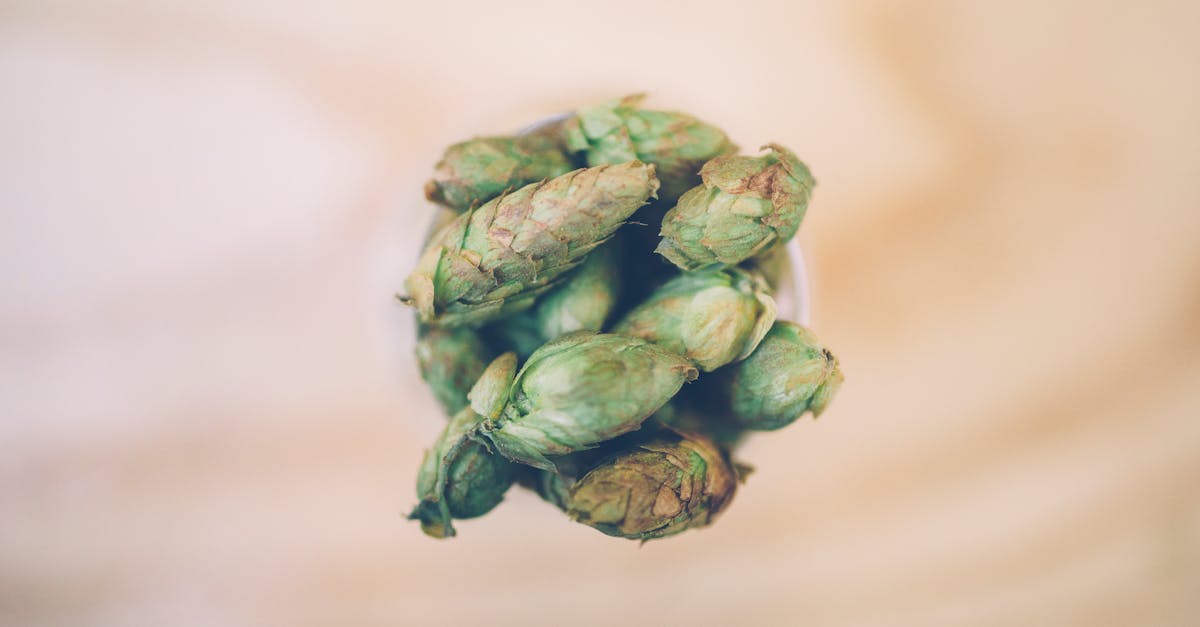Comprehensive Guide to Home Brewing Craft Beer
Introduction
The art of home brewing craft beer has surged in popularity, offering enthusiasts the chance to create unique flavors and styles. As the craft beer trend continues to grow, more people are delving into this fulfilling hobby. Home brewing provides an opportunity to understand beer on a deeper level, tasting the intricate processes behind each sip. It's a pastime that combines both creativity and science, inviting brewers to experiment while adhering to meticulous practices. From selecting the right ingredients to mastering fermentation, home brewing offers endless possibilities. Whether you're a beer connoisseur or just curious, this guide will help you navigate the world of home brewing.
Advertisement
Understanding the Basics
Before diving into brewing, it's essential to grasp the fundamental concepts of beer-making. At its core, beer is crafted from four primary ingredients: water, malted grains, hops, and yeast. Water serves as the base, while malted grains provide the sugar needed for fermentation. Hops add flavor and aroma, and yeast is responsible for fermentation, converting sugars into alcohol. Understanding these components lays the foundation for successful brewing, allowing enthusiasts to tweak recipes to their preferences. With a basic understanding in place, you can start experimenting with different beer styles, from light lagers to rich stouts.
Advertisement
Essential Equipment
To begin your home brewing journey, you will need some essential equipment. A fermentation vessel, typically a glass carboy or plastic bucket, is crucial for holding the brew during the fermentation process. A brew kettle is necessary for boiling ingredients, while an airlock ensures that gases escape without letting contaminants in. Additional tools include a thermometer for monitoring temperatures, a hydrometer for measuring alcohol content, and sanitizers to keep equipment clean. Investing in the right tools can significantly impact the quality of your brew, making it important to choose reliable products for consistency and safety.
Advertisement
Step-by-Step Brewing Process
Brewing craft beer involves several key steps, each contributing to the final product's taste and quality. Begin by heating water in your brew kettle, then add malt extracts or grains to steep. Once the sugars are extracted, bring the mixture to a boil and introduce hops at various stages to develop flavor. After boiling, the liquid, known as wort, is cooled quickly before transferring into the fermentation vessel. Yeast is then added, initiating fermentation. This crucial phase can last several days to weeks, depending on the beer style. Finally, the beer is bottled or kegged, maturing further before reaching peak flavor.
Advertisement
The Fermentation Process
Fermentation is a magical transformation where yeast goes to work, altering sugars into alcohol and carbon dioxide. Temperature control is vital during this stage, as yeast behavior varies under different conditions. Ale yeasts thrive in warmer temperatures, while lager yeasts prefer cooler environments. Depending on your chosen yeast and desired beer style, maintain consistent temperatures to ensure success. As fermentation progresses, keep an eye out for signs of activity, such as bubbling in the airlock. Once fermentation slows and stabilizes, it's usually ready for maturation, a process that helps refine flavors.
Advertisement
Exploring Flavor Profiles
One of the joys of home brewing is experimenting with various ingredients to achieve unique flavor profiles. Malt choices impact a beer's color, sweetness, and body, while hop varieties contribute bitterness, aroma, and flavor. Yeast strains, too, can produce different esters and phenols, adding complexity to your brew. Additionally, adjuncts like fruit, spices, and special grains can be introduced for novel twists. By recreating traditional styles or inventing something entirely new, brewers are free to harness their creativity, pushing the boundaries of conventional brewing.
Advertisement
Troubleshooting Common Issues
Even the most seasoned brewers encounter challenges along the way. Common issues include off-flavors, over-carbonation, and fermentation stalls. Off-flavors might arise from poor sanitation, incorrect temperatures, or imbalanced ingredients. Troubleshoot these problems by closely monitoring your process and ingredients. Over-carbonation can be resolved by calibrating sugar levels when bottling. If fermentation halts prematurely, check yeast health and consider adjusting environmental factors. Addressing these issues proactively ensures a smoother brewing experience and a better final product.
Advertisement
Embracing the Brewing Community
Home brewing extends beyond the confines of your kitchen or garage; it fosters a sense of community among fellow brewers. Joining online forums or local home brewing clubs offers invaluable resources and opportunities to share experiences. These groups can provide insights into fresh techniques, help troubleshoot issues, and encourage experimentation. Participating in brewing competitions also allows you to gain feedback and recognition for your creations. The camaraderie and exchange of knowledge make brewing a rewarding collective pursuit, enriching both individual experiences and the broader community.
Advertisement
Sustainability in Home Brewing
Mindful brewing practices can transform home brewing into a sustainable hobby. Start by sourcing locally-produced ingredients to reduce carbon footprint while supporting local economies. Invest in reusable and durable equipment to minimize waste. Utilize energy-efficient brewing methods and consider water-saving techniques, such as cooling wort in an ice bath. Spent grains can be repurposed, finding use in animal feed or composting. By adopting sustainable practices, you contribute positively to the environment while enjoying the fruits of your labor.
Advertisement
Conclusion
Home brewing craft beer is an engaging and rewarding hobby, inviting enthusiasts to explore the intersection of art and science. From mastering the process to experimenting with flavors, each brewing endeavor offers new learning experiences. Beyond personal satisfaction, it opens the doors to a like-minded community eager to share and learn. As you hone your skills and refine your techniques, you'll find that the journey of brewing is just as fulfilling as the final product. So gather your ingredients, prepare your equipment, and dive into the craft with passion and curiosity. Cheers to your brewing adventure!
Advertisement


